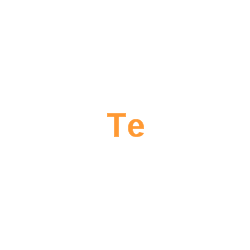| Structure | Name/CAS No. | Articles |
|---|---|---|
 |
sodiumborohydride
CAS:16940-66-2 |
|
 |
hydrazine hydrate
CAS:10217-52-4 |
|
 |
Tellurium
CAS:13494-80-9 |
|
 |
3-Aminopropyltriethoxysilane
CAS:919-30-2 |
|
 |
Rhodamine 6G
CAS:989-38-8 |